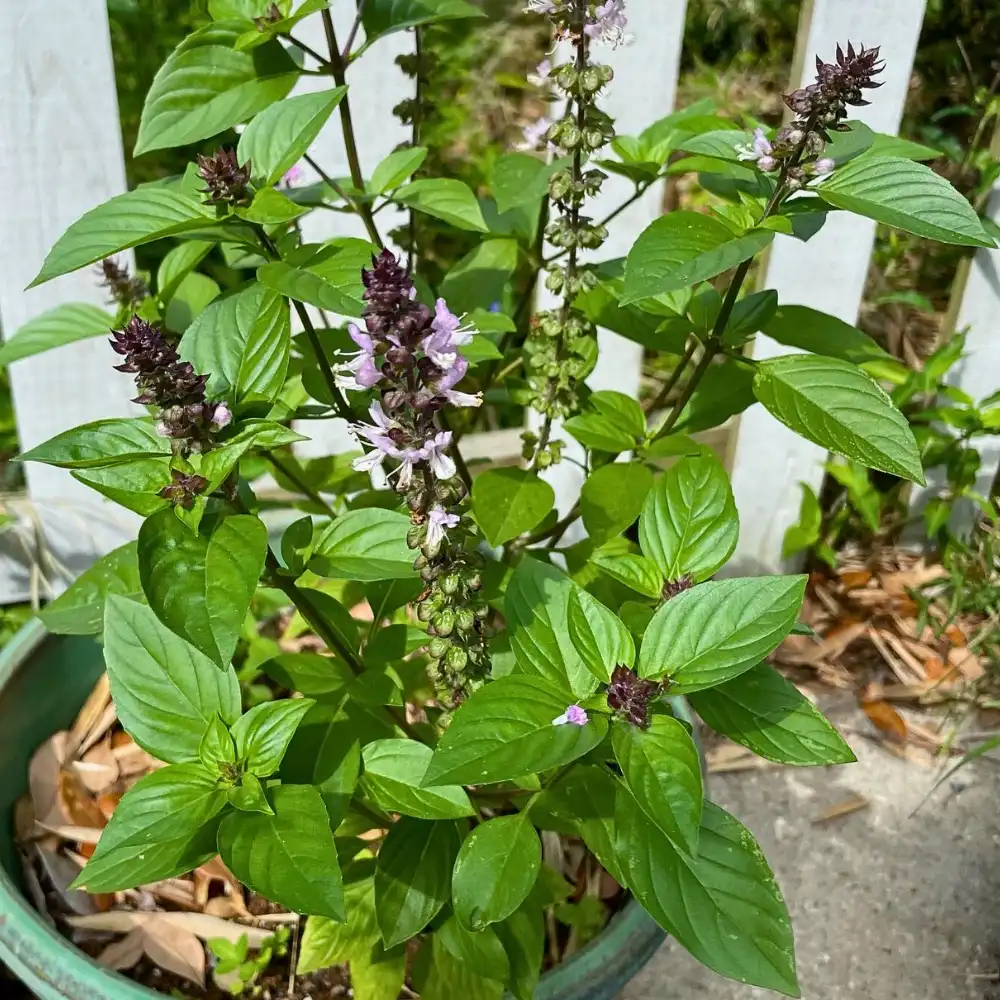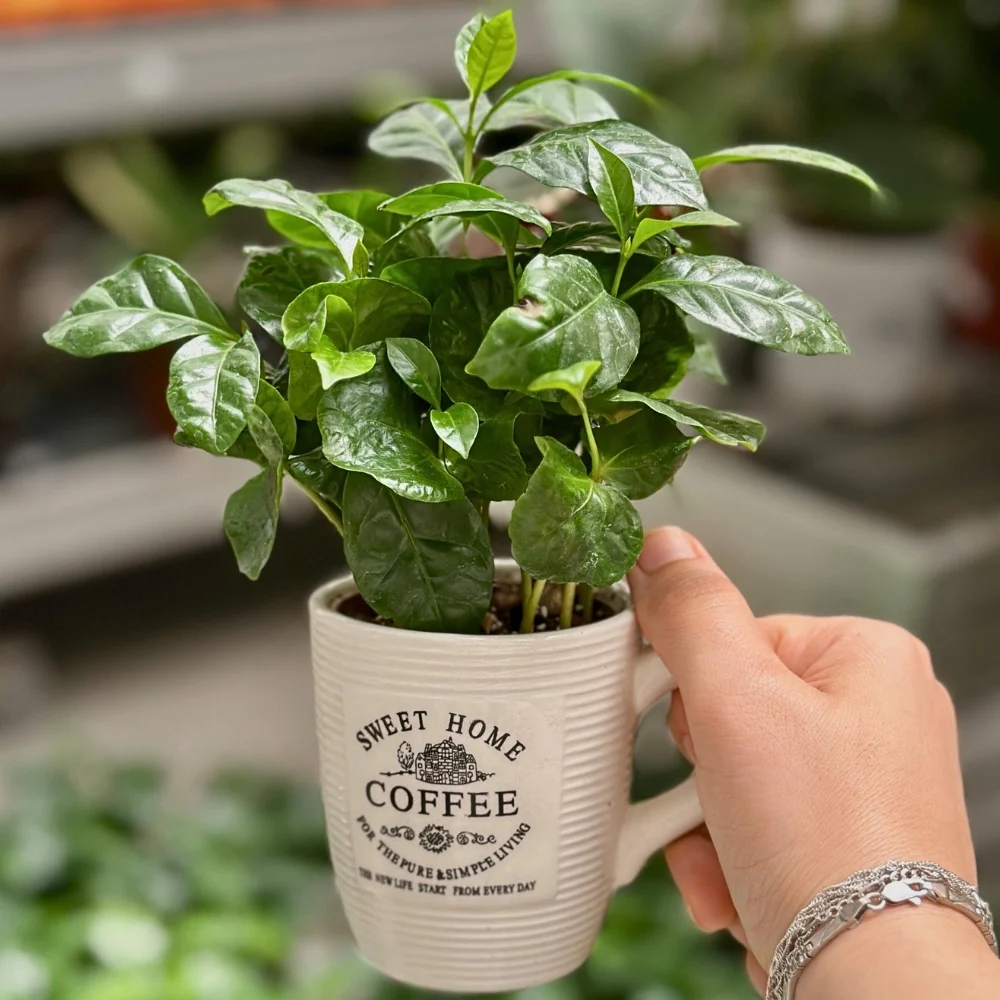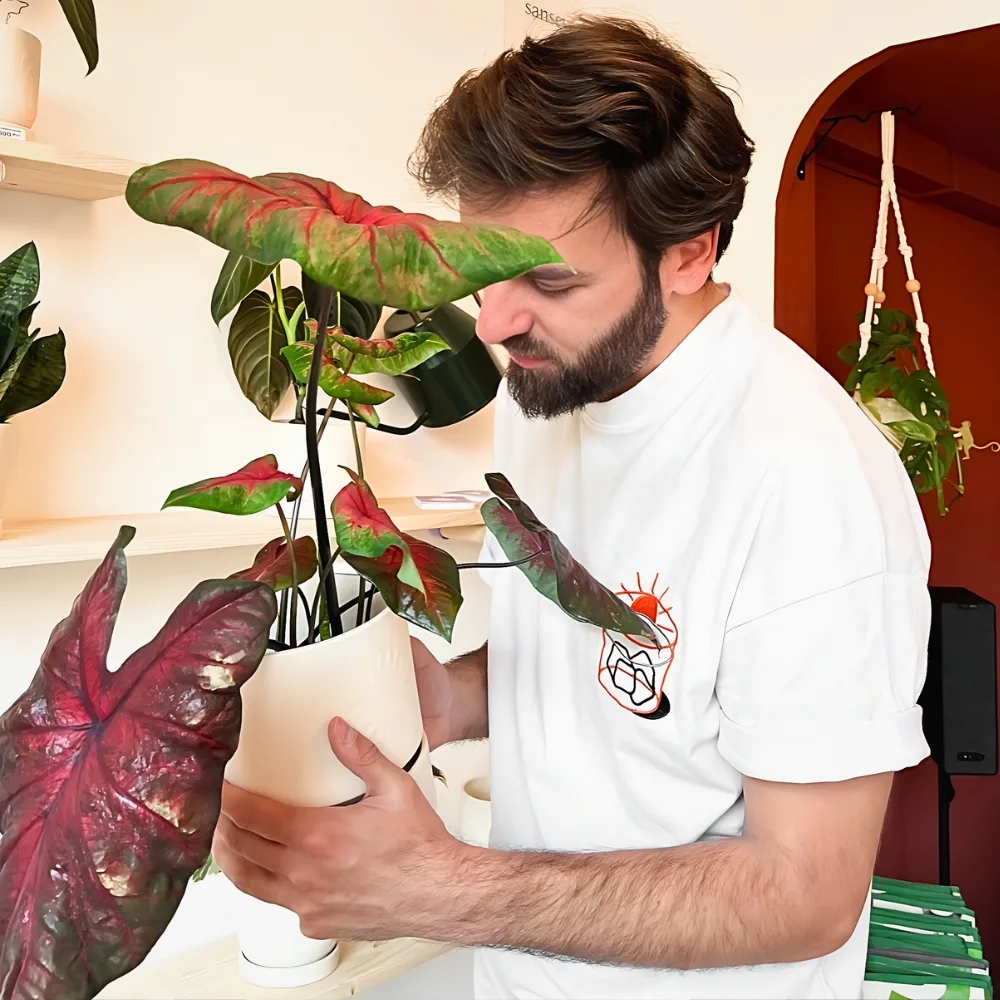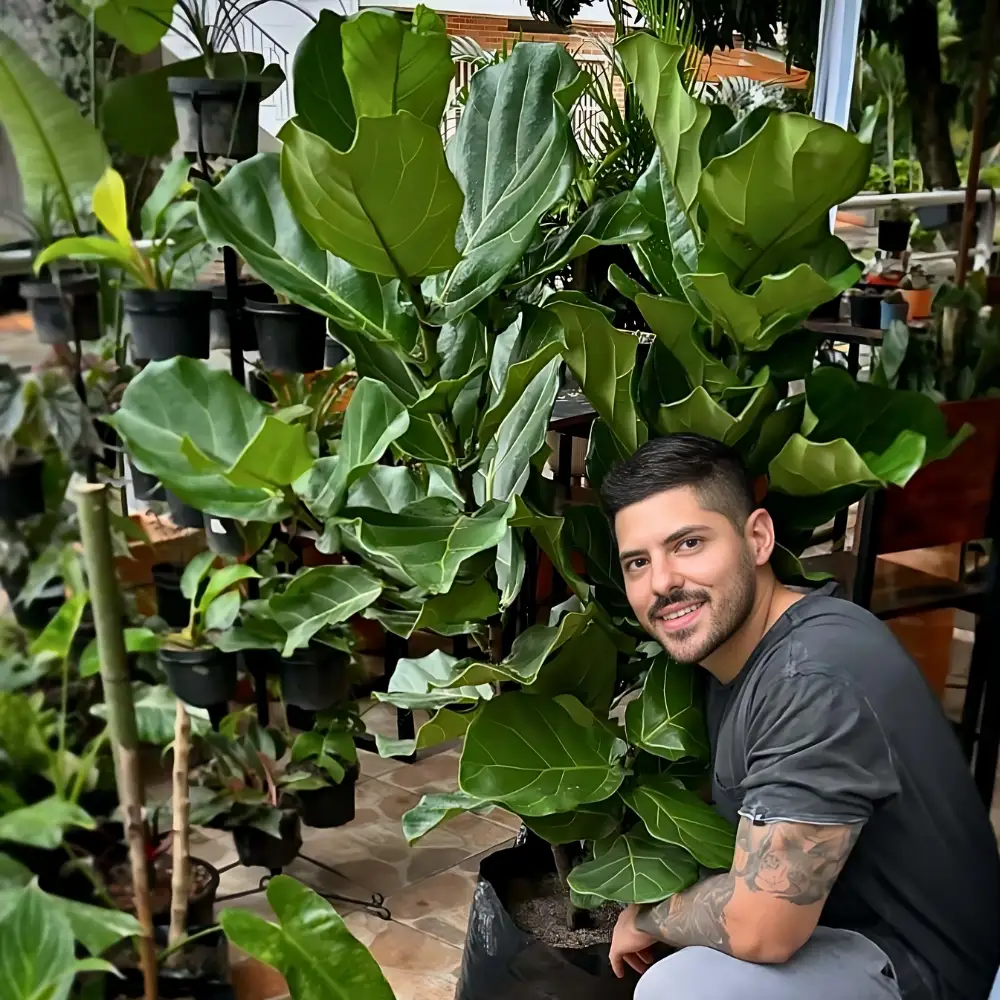Whether you're a houseplant aficionado or a garden enthusiast, the thought of leaving your plants behind during a relocation can be heart-wrenching. Plants, much like people, become integral to our homes and our routine care. However, not all plants have the fortitude to withstand the stress of relocation.
This raises a critical question for those planning a move: which plant species are the easiest to relocate? Understanding this can ease the transition for both your leafy friends and yourself. Additionally, knowing how to transport them effectively is crucial. Let's explore the resilient species that can adapt to change and learn the best practices for their relocation.
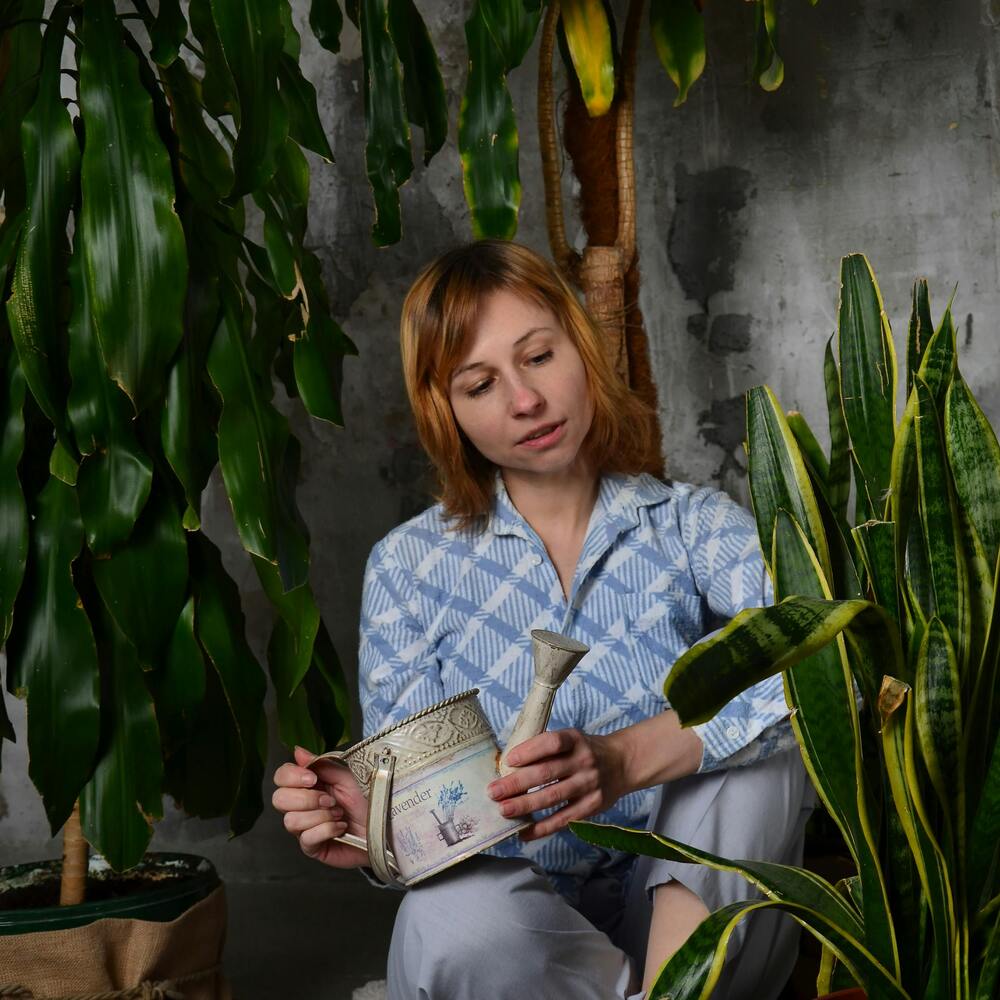
5 Easiest Plants to Relocate
Relocating plants can be a challenging task, but there are some resilient options that make the process easier. The snake plant, with its sturdy, upright leaves, is a low-maintenance choice that adapts well to new environments. Pothos, known for its trailing vines, is another versatile plant that tolerates relocation with ease. Peace lilies are known for their air-purifying qualities and can be moved without much fuss.
The ZZ plant, with its glossy, dark green leaves, is a hardy choice that can thrive in various conditions. Lastly, succulents are a popular option, known for their adaptability and ability to thrive even with minimal care, making them a top choice for relocation.
1. Snake Plant (Sansevieria trifasciata)
One of the hardiest houseplants in the botanical world, the snake plant, with its tall, upright leaves, can survive even under gardeners with the least green of thumbs. Its resilience lies in its ability to withstand varying light levels and irregular watering.
The architectural nature of its leaves, ranging from green to yellow-edged varieties, doesn’t just add aesthetic value but also practical durability during transport. Their thick, fleshy structure retains moisture, preventing dehydration over several days. When relocating, the snake plant’s root system makes it robust against bumpy rides, ensuring it stays stable and secure in its soil and pot.
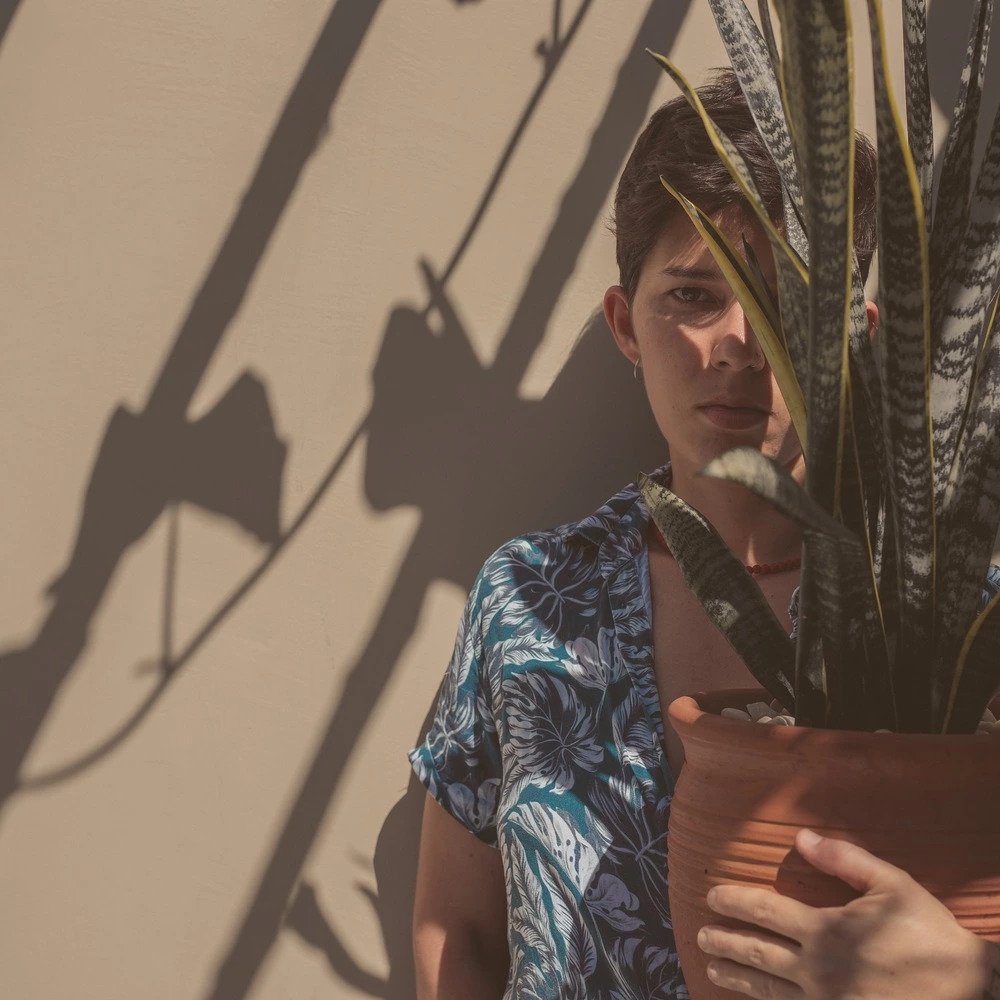
2. Spider Plant (Chlorophytum comosum)
Renowned for its rapid growth and spider-like plantlets, the spider plant boasts adaptability as one of its key traits. It thrives under indirect sunlight and requires moderate watering, reducing the risk of transport-induced overwatering issues.
The spider plant’s roots are tuberous, storing moisture that allows for substantial resilience during times of stress, such as relocation. Additionally, its numerous plantlets can be easily propagated, meaning you could transport smaller, more manageable baby plants and start anew at your destination.
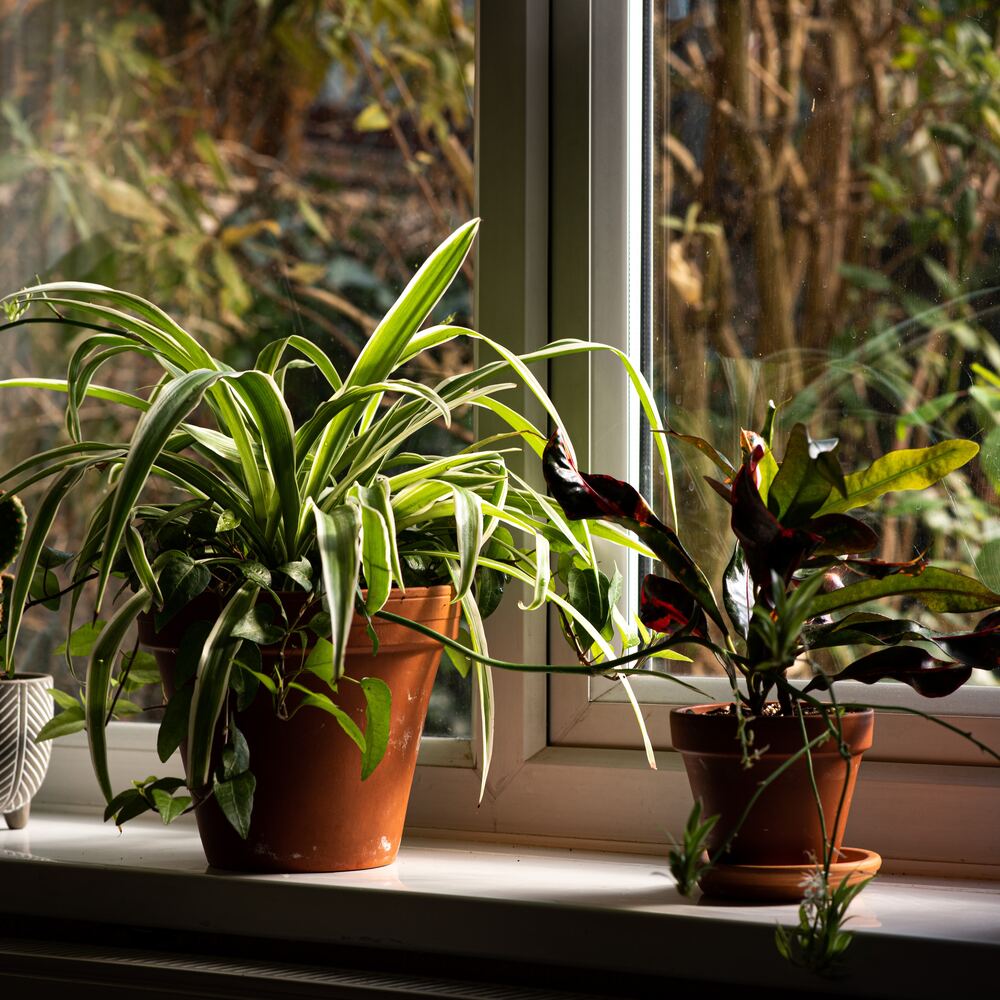
3. Peace Lily (Spathiphyllum)
The peace lily, a striking plant known for its lush leaves and white-to-pale green flowers, is a symbol of tranquility for more reasons than one. It requires minimal light, comfortably residing in shadier corners of the home. This low-light necessity is advantageous during transport, as extended periods in a dark vehicle or box won’t harm it.
Peace lilies also have a robust bloom cycle, usually rebounding quickly if they wilt due to under-watering. Their soil needs are straightforward; they prefer a moist environment but are known to forgive if you forget a watering session amidst the chaos of packing and moving.
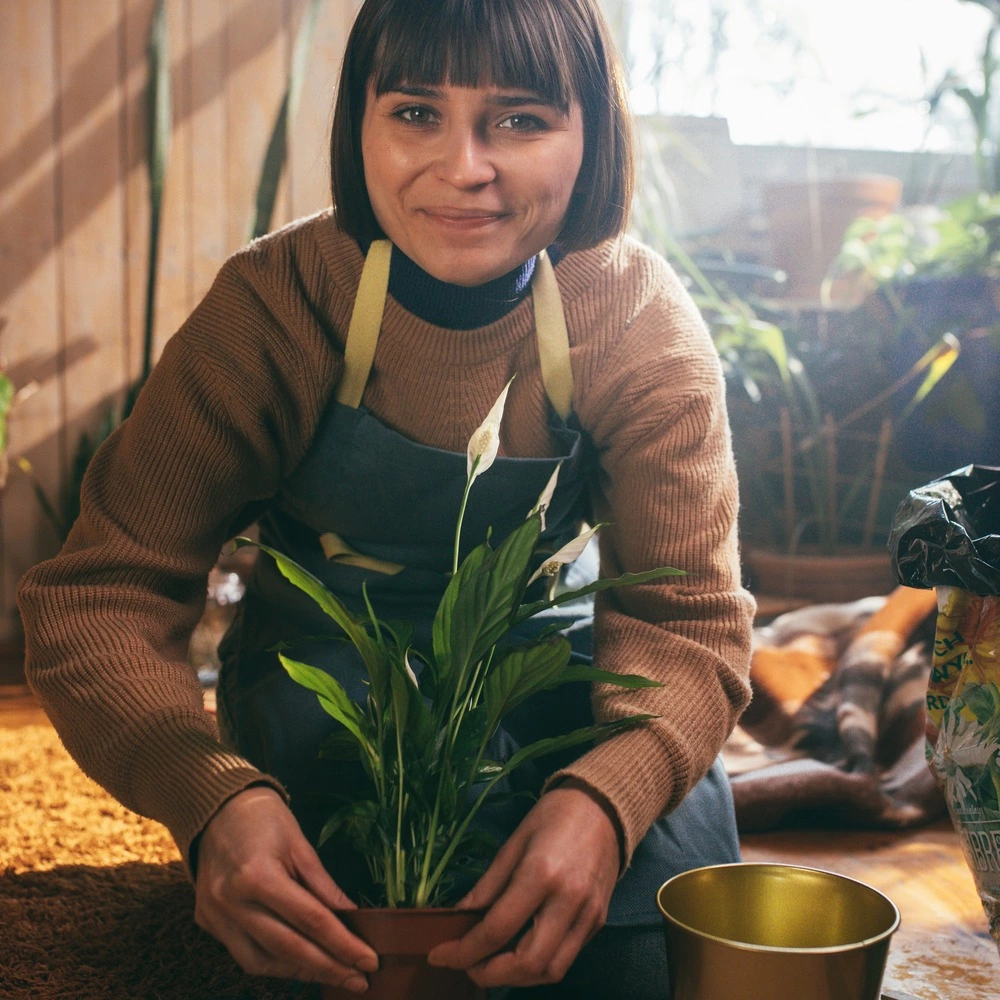
4. Aloe Vera
This succulent's reputation for hardiness precedes it, making aloe vera an ideal candidate for relocation. Characterized by lance-shaped, fleshy leaves filled with the gel renowned for its healing properties, aloe vera plants can survive long periods without water.
This drought tolerance is especially beneficial during a move when regular care may not be possible. Their preference for direct sunlight doesn’t pose a significant challenge during relocation since they're not prone to stress from temporary changes in lighting conditions. Transporting aloe vera, you only need to ensure the leaves aren’t under pressure or at risk of snapping.
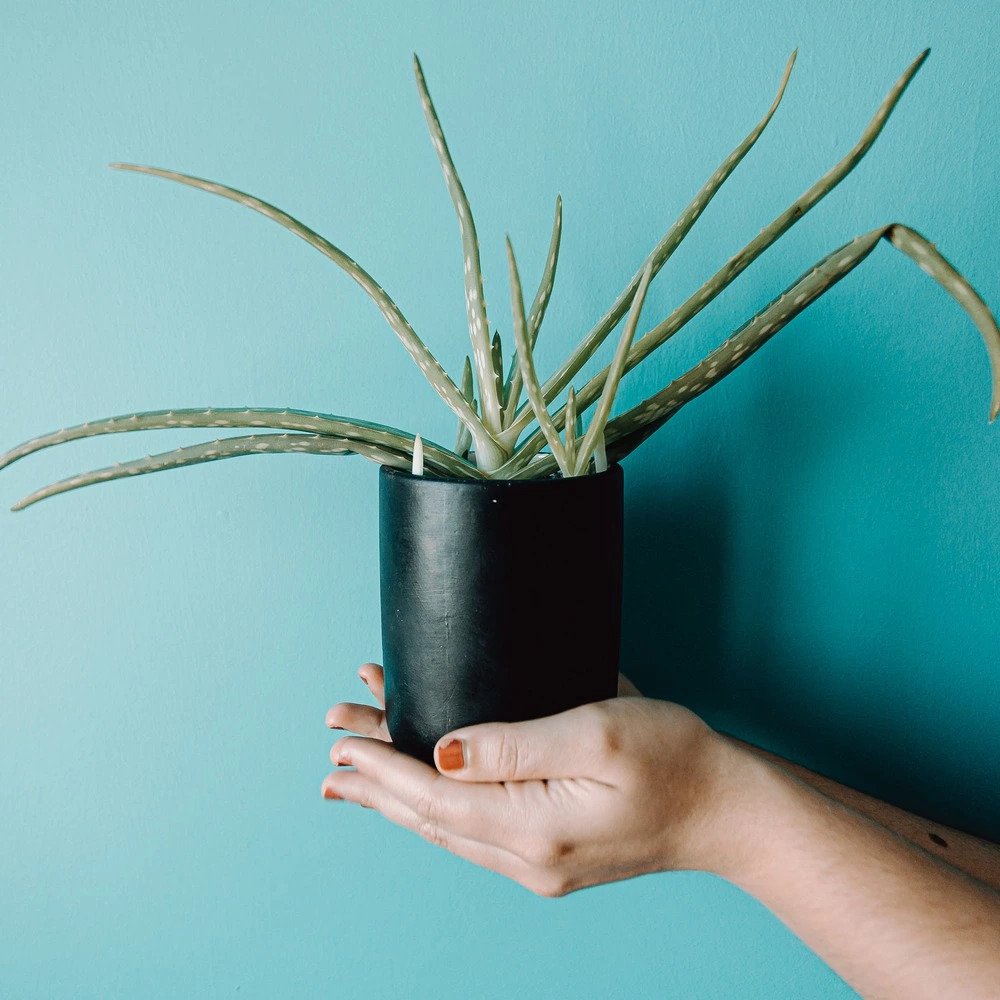
5. Rubber Plant (Ficus elastica)
With its glossy, elastic leaves, the rubber plant is not only a visually appealing addition to home décor but also a resilient companion during a move. These plants prefer bright, indirect light but will tolerate a range of lighting conditions, useful during transport. They like being watered but allow the soil to dry somewhat between waterings, mimicking their natural environment.
This characteristic means short-term neglect during a move won’t cause long-term harm. When preparing a rubber plant for relocation, staking the larger branches can help prevent any breakage, and lightly wrapping the leaves can preserve their glossy appearance.
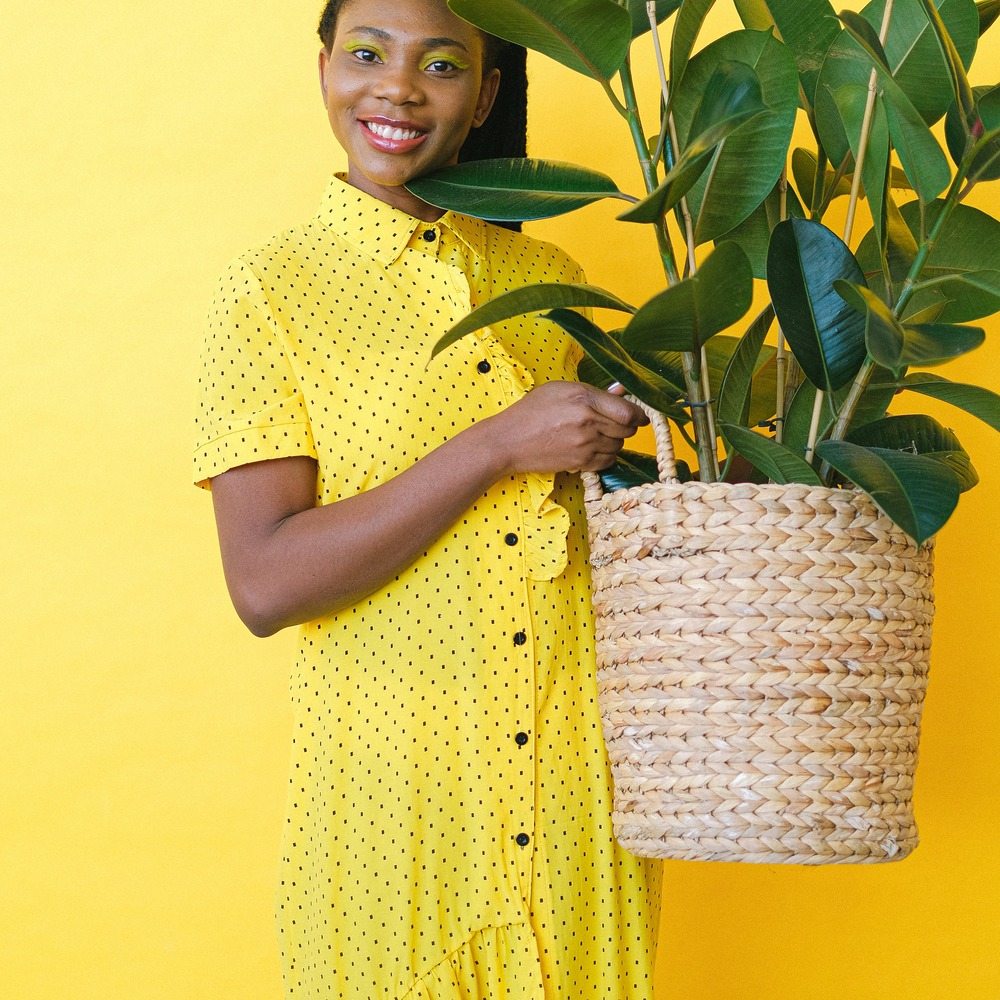
How to Transport Plants When Moving
No matter how hardy your greenery is, you should know how to transport plants when moving to do so safely. Here's a short guideline on how to minimize damage during transit:
- Pre-Transport Pruning: Removing dead or overgrown limbs will help prevent damage and make plants more manageable during transport.
- Pest Inspection and Treatment: Transporting infected plants can spread issues to other plants and even lead to quarantine if you’re crossing state lines.
- Proper Containers: Repot plants from ceramic pots to plastic ones to reduce weight and avoid breakage.
- Packing: Secure loose soil with a layer of mulch or newspaper to prevent spillage. Wrap pots in bubble wrap or newspaper, and place them in boxes, ensuring they remain upright. Don’t forget to label the boxes to handle with care.
- Vehicle Transportation: Avoid placing plants in a non-climate controlled moving truck. Instead, transport them in your car, providing a stable environment.
- Post-Move Care: Unpack your plants as soon as you arrive, placing them in suitable light and temperature conditions. Water them appropriately, but avoid fertilizing for a few weeks until they are acclimated to their new environment, as they may be stressed from the move.
Conclusion
Moving with plants doesn’t have to be a source of anxiety. By choosing resilient species like snake plants, spider plants, peace lilies, aloe vera, and rubber plants, the transition can be remarkably stress-free. The key lies in thoughtful pre-move preparation, careful packing, and post-move acclimation. With these steps, you can ensure the continual flourishing of your green companions in your new space, preserving the ambiance and comfort they provide.



